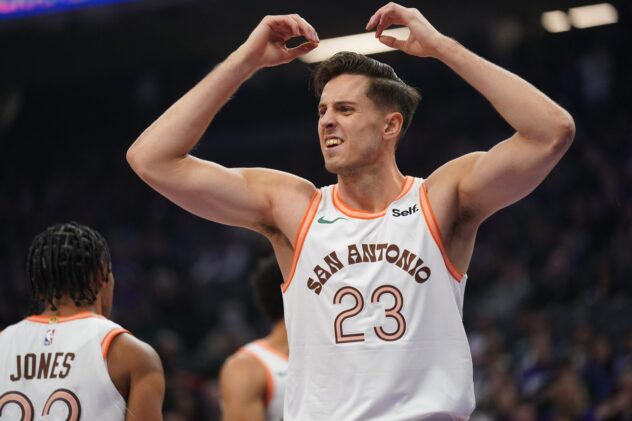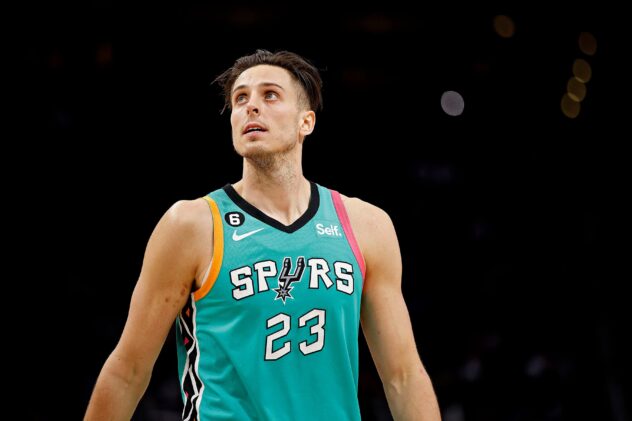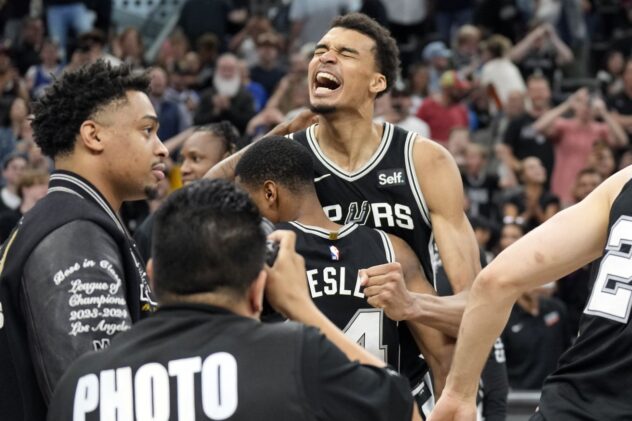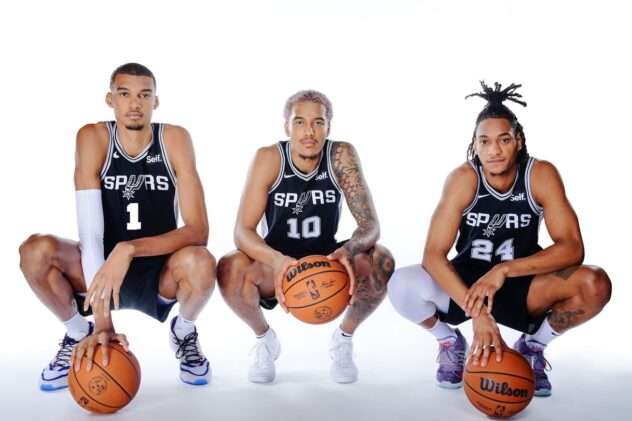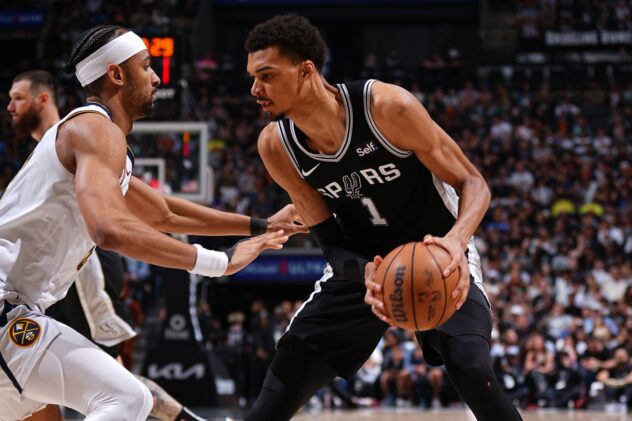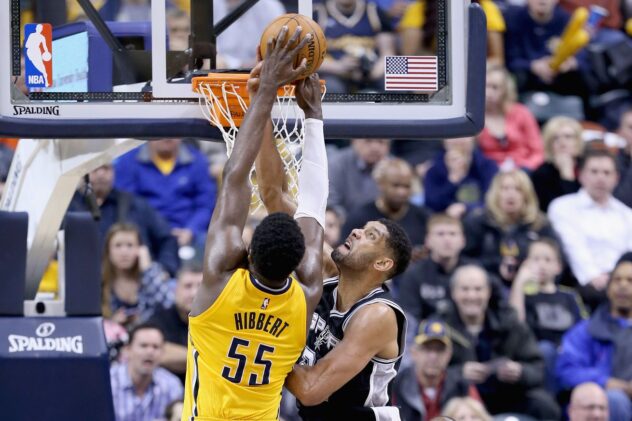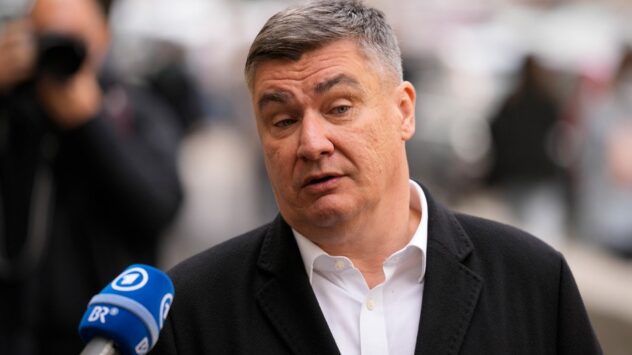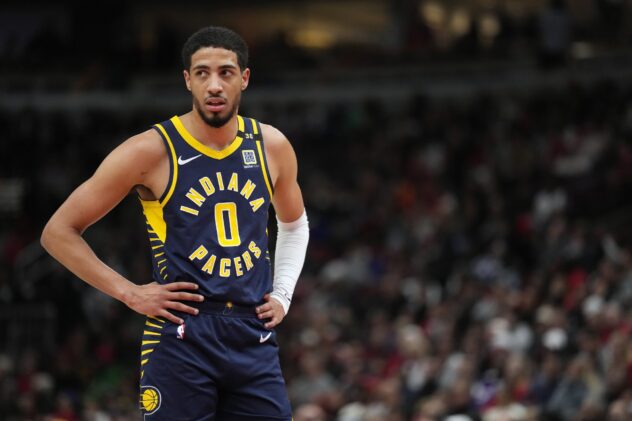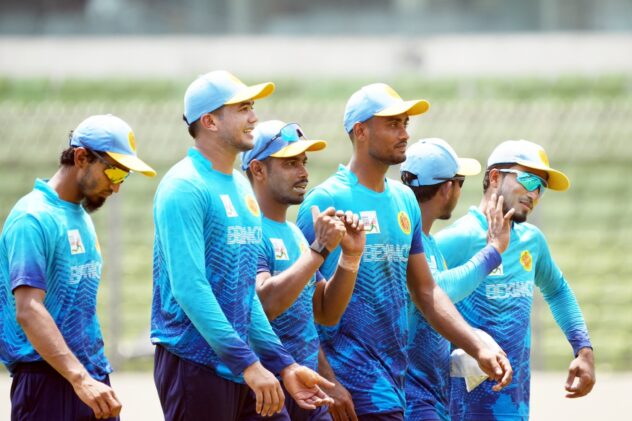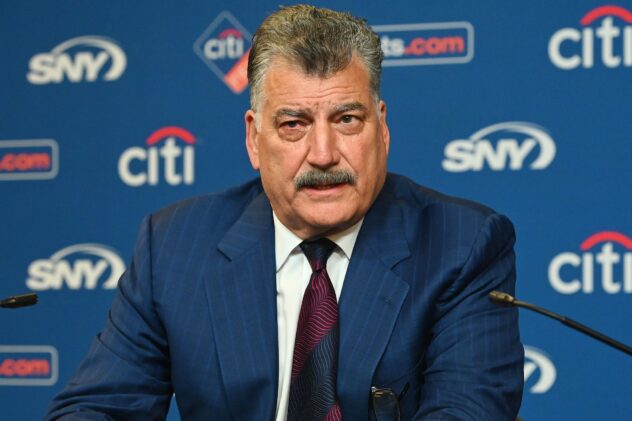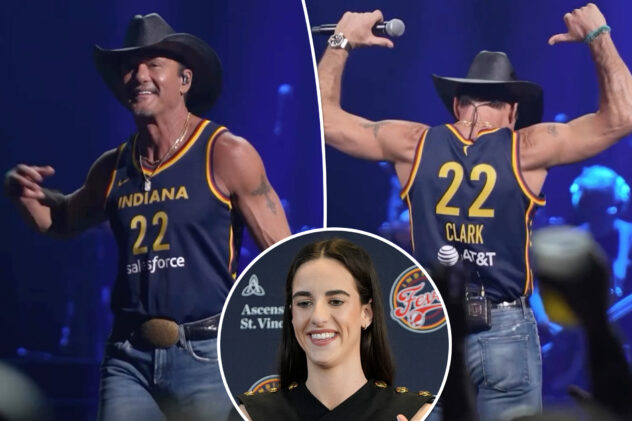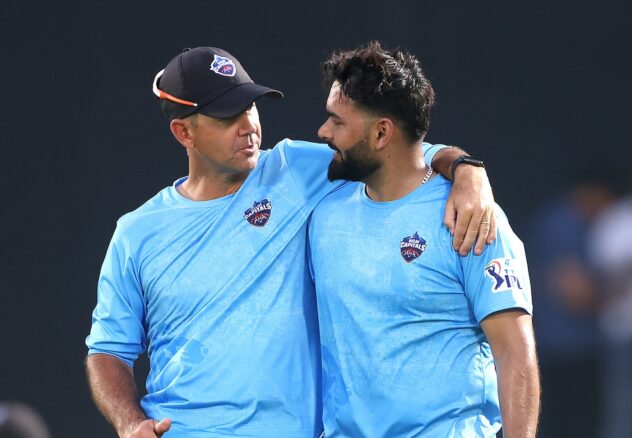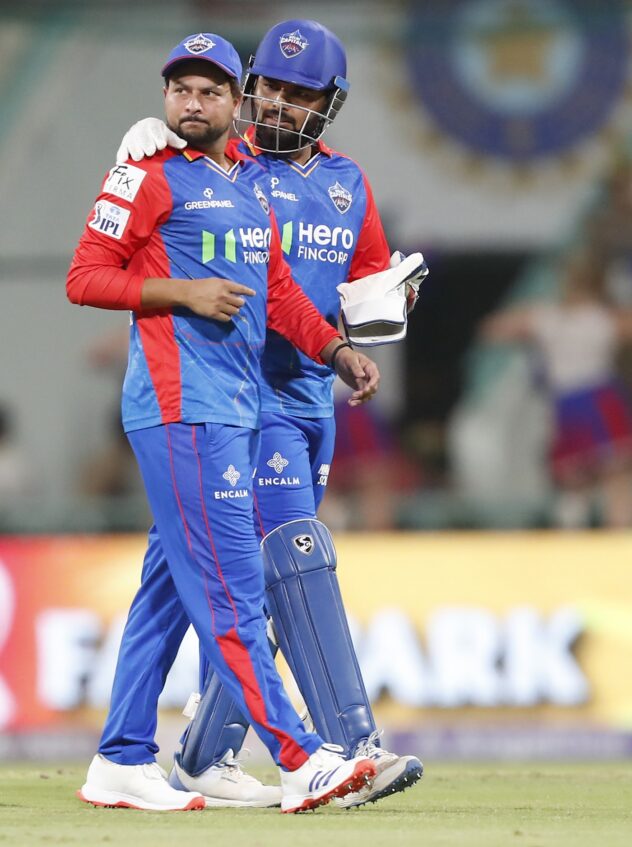Why this will likely be the only “bad” season for the Spurs

The 2022-23 season can be defined by three key stretches for the Spurs. They had two historically bad periods of play. The first was from November 2 to December 4, when they went 1-16, including an 11-game losing streak, with the only win being against an extremely shorthanded Milwaukee Bucks squad at home. Then, from January 7 through February 25, they went 1-21, including a franchise record 16-game losing streak with the only win coming against a Brooklyn Nets squad that was missing Kevin Durant and Kyrie Irving (before they were traded).
If you do the math, the Spurs were 2-37 across those two stretches, which means at 18-51 overall, they have gone 16-14 in the three smaller periods surrounding them. That’s a winning percentage of .533, which would calculate to 43-44 wins across the entire season. That would be their best record since 2018-19 (the last time they went to the playoffs after going 48-34) and would would also have them slotted into the 5th seed of the Western Conference today. And that’s without any notable stars on the team (yet).
Of course, we can’t just completely ignore those extended periods of losing and pretend like the Spurs are otherwise a good team. Their three “winning” stretches only average out to ten games each, so they would need to show more consistency across a longer period of time, and while injuries were huge factors during their losing streaks, they weren’t the only ones. Defensive incompetence was (and to an extent still is) a huge problem caused by more than just missing personnel, and the lack of offensive playmakers remains an area of concern.
However, it also can’t be ignored that when the Spurs have been fully healthy (or at least close to it), they have looked much better than a bottom three team in the league. Maybe not as good as the team from their “winning” stretches, but likely somewhere closer to a play-in/fringe playoff team. Injuries have cost some players legitimate time, Devin Vassell, Zach Collins, Blake Wesley, and now Charles Bassey have all had lengthy absences with serious injuries. Jakob Poeltl and Tre Jones both needed some extended time off, and Jeremy Sochan and Malaki Branham have also suffered from various aches and pains. But Gregg Popovich also hasn’t been bashful about using those injuries to keep players on extended “injury management” plans, not playing them on back-to-backs or in other seemingly calculated out games. (It’s amazing how one random player or two was fine last game but suddenly needs the next off, just to be fine again after that.)
While the strategically poor record may mask it from outsiders, anyone who has watched the Spurs through all the extreme lows this season can probably see the light at the end of the tunnel. After some early growing pains, both Sochan and Branham have taken much larger leaps than expected in year one, with Socahn especially looking like he has some star potential. Jones has his limits but has proven to be a very competent and calming NBA point guard, and Collins has taken a huge leap as a starting center since Poeltl was traded while adding extra value as a floor-spacer. Vassell has shown flashes of a future All-Star and go-to player on offense, and Johnson has significantly improved in areas such as ball-handling, decision making, and finishing near the rim.
Combine all these players potentially returning next season and being healthy enough that Pop can’t keep getting away with having them on injury management plans with the addition of either a potential franchise player or, at worst, a top-tier rookie who should play from day one, and the Spurs probably won’t be able to keep up the charade of being one of the worst teams in the NBA beyond this season.
On top of that, the NBA and NBPA are working towards a rule that will require players to participate in a certain number of games to be in consideration for awards as part of the new collective bargaining agreement. There’s no word on what that number will be (my guess would be between 65 and 70), but the players likely wouldn’t be agreeing to this if they didn’t feel they were at times being rested against their will, so Pop may have to cede some of his “injury management” control. (This is probably also an attempt for players who play more games but get less appreciation over bigger names to get more credit.)
None of this is to say the Spurs are handling this season wrong; the whole point was to get away from being just a play-in team, and if that is this team’s ceiling, then yes, they need an upgrade, and this year’s draft class presents a golden opportunity. It also doesn’t mean getting Victor Wembanyama or Scoot Henderson would mean the rebuild is completely over, but regardless of who or where they pick in the draft, the Spurs will likely have no choice but to start rising back up the standings next season, even if for no other reason than internal improvement from this year’s squad, which already has a higher ceiling than its record.
Everything points to this being the only truly bad season for the Spurs (with “bad” being defined as cellar dwellers well out of postseason contention), and if that is they case, they will have to go back to rebuilding the old fashioned way: through internal growth, free agency, and making wise decisions with middle-to-late first round picks. And if that’s where they end up picking in the next year or two, then this one bad season can be considered a mission accomplished.

